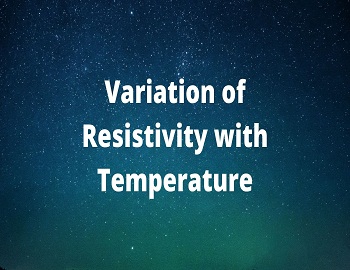Freundlich Adsorption Isotherm:
Adsorption is a reversible process and is accompanied by a decrease in pressure of the adsorbate (gas). Therefore, an increase in pressure increases the extent of adsorption. If ‘x‘ is the mass of a gas adsorbed (adsorbate) on the surface of a solid (adsorbent) whose mass is ‘m‘, then the extent of adsorption at equilibrium on the surface of adsorbent is expressed as x/m. A graph plotted between the extent of adsorption (x/m) and the pressure of a gas (P) at constant temperature is known as “Adsorption Isotherm“. It is clear from the graph that in the initial stages, the extent of adsorption increases rapidly with the increase in pressure. However, the effect of pressure becomes less and less as the pressure increases and ultimately a stage reaches beyond which no adsorption will take place even if the pressure is increased. This stage of equilibrium pressure is called the saturation stage and the pressure corresponding to this stage is known as Saturation Pressure (Ps).
On the basis of experimental studies, Freundlich gave the following relationship between the extent of adsorption (x/m) and Pressure (P).

At low pressure- The graph is nearly straight and sloping indicating that ‘x/m‘ is directly proportional to pressure, i.e.
x/m ∝ P or x/m = kP, where ‘k’ is constant of proportionality
At high pressure i.e. pressure beyond saturation pressure (Ps)- ‘x/m‘ becomes independent of pressure i.e.
x/m = constant or x/m ∝ P0 or x/m = kP0
For intermediate ranges of Pressure- The term ‘x/m‘ is proportional to the gas pressure ‘P‘ raised to some power lying between one and zero.
x/m ∝ P1/n or x/m = kP1/n, n>1 and ‘k’ is constant of Proportionality and their values depend upon nature of adsorbate and adsorbent. This relation represents Freundlich adsorption isotherm. The constants ‘n‘ and ‘k‘ can be determined as follows-
Taking logarithm of the above equation,we get-
log x/m = log (kP1/n) or log x/m = log k + 1/n log P
This is an equation of a straight line and the graph of log x/m against log P will give a straight line as shown in the figure. The intercept ‘log k’ is represented along ‘log x/m’ axis and the slope of the line is represented by ‘1/n’.










Comments (No)